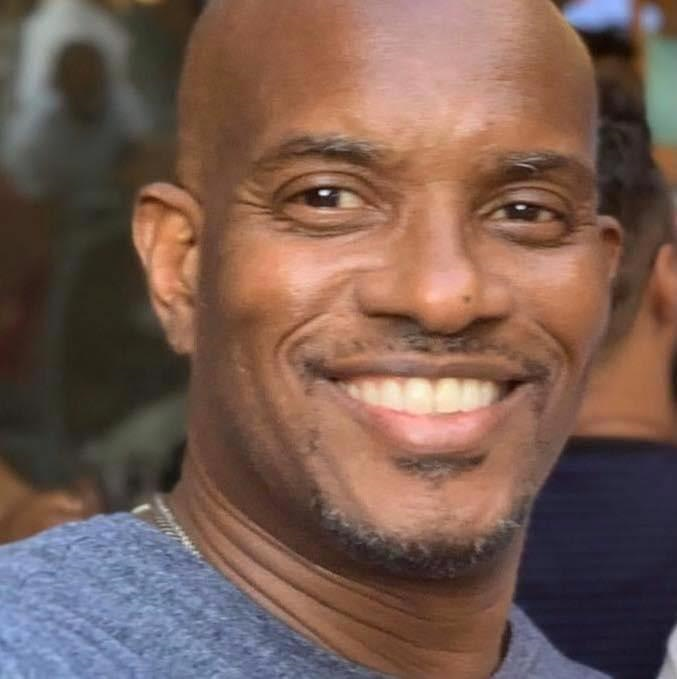Guest column: Oklahoma all-Black towns need collaborations, partnerships to survive
On Aug. 20, Oklahoma's 13 remaining historically all-Black towns convened a meeting at the Oklahoma History Center in Oklahoma City. The all-day conference allowed each city to share its rich histories, unique economic development, and town engagement and marketing strategies.
While the presenters did talk about their towns' founding, past and current population, many of the presentations were short on long-range planning, development strategies and the sharing of best practices. Except for Langston, the presentations offered little evidence of any strategic planning, strategy on sustainability, or long-term resilience. Many of the presentation themes and challenges centered around failing infrastructure, the absence of capital improvements, a fleeing population and absentee landowners. Many of these towns still have not organized to the level of creating a city tax structure. They offer no municipal services. Some are accepting donations to pay their annual insurance.
We owe our ancestors more than this level of mediocrity. These cities are far from their zenith and need complete strategic makeovers. In Booker T. Washington's closing thesis in an article written in The Outlook in 1908, he suggested that the African American struggle for liberation was a long struggle aimed and centered around morality, collective development and worth, and freedom. Unfortunately, Washington wouldn't recognize this current iteration of All Black Towns.
Today's all-Black towns of Oklahoma represent a unique chapter in American history. Historically they are proxies for those ancestors who gained land in Indian Territory through tribal allotments. According to the Muskogee Cimeter (1906), about 20,000 Indian Territory Freedmen accounted for about 3 million acres of land. Freedmen of the Five Tribes— Cherokee, Chickasaw, Choctaw, Muscogee (Creek) and Seminole — had more land than the estimated 1 million acres controlled by about 1 million Black folks in Georgia. An estimated 8,000 Muscogee (Creek) citizens, classified as Freedmen, held nearly 1,092,240 in 1907 at Oklahoma statehood.
The reconstruction period created an infectious movement of self-pride within these all-Black communities. However, it didn't come without a penalty. The white power structure was unhappy with this newfound Black liberation. Oklahoma statehood strategically and politically changed those dynamics. Shortly after statehood in 1907, the Oklahoma Legislature passed a series of statutes that would come to be known as Jim Crow laws, which systematically enforced racial segregation.
In 1907, the impact of white supremacy, racism, brutality and leadership indifference, both federal and state, led to an exodus of Black folks to Western states, Canada and Mexico. Before Oklahoma statehood, most of the reported Indian Territory lynchings occurred among non-African descendant communities. After statehood, most of the lynchings occurred among people of African descent. Some were murdered, and many were terrorized. My very own Oklahoma ancestry mirrored this migration pattern during that period. Urbanization of major cities also has contributed to a decline of all rural communities, especially "all" Black towns.
If Oklahoma's all-Black towns are to thrive into this millennium, they need business models, partnerships and collaborations with urban Black Americans to ensure their survival. The all-Black towns of Oklahoma should collectively develop a strategic plan and footprint model that strategically and politically elevates their needs. These towns need such a plan if they are to survive.

Dr. Maurice Franklin, a Creek and Chickasaw Freedman, is from Paul Valley, Oklahoma. He lives in New York City.
This article originally appeared on Oklahoman: Oklahoma All-Black towns need collaborations, partnerships to survive

